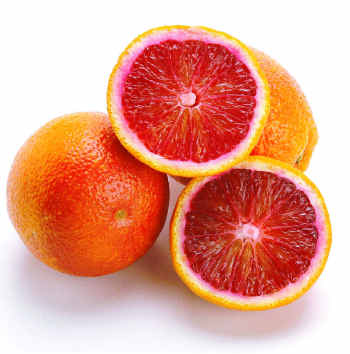A fan of mine recently pointed out that I have not posted any fish or seafood dishes on my site. My apologies; I’ve been distracted with the holidays, personal life, and my friend’s appearance on the Food Network’s Iron Chef America.
I have two favorite recipes both using trout: Both dishes are easy to make, tasty, and low fat. I really enjoy using trout as it is a mild tasting fish. If it smells fishy, it may be past its prime. Usually the high-end grocery stores carry fresh trout, but it is my experience one can buy fresh fish inexpensively by visiting an Asian market.
Although many professional chefs already know this, but many of my readers are not chefs, and, with the current economy, are finding ways to eat well without hurting the pocketbook. I can buy fresh fish and seafood at Asian markets at a fraction of the cost at a seafood market or specialty store. The exception to this suggestion are the coastline seafood markets.
For this recipe, you will need trout that is gutted and boned. Although many stores can sell a fish that is dressed (innards removed), but many do not know how to bone a fish. Before the recipe, I thought I would list directions on how to remove the bones of a fish prior to cooking.
- Place the cleaned and dressed fish on cutting surface.
- Hold the fish by the head (if the head is still attached; it doesn’t need to be) and slice into the fish behind the gill until you feel the knife touch backbone.
- Turn the knife so it’s flat against the backbone, touching the ribs. The edge should face the tail.
- Cut along the backbone through the fish from head to tail, under the fillet.
- Turn fish over and repeat. At this point two sets of bones will remain in the fillet.
- Cut away the rib cage bones, which will be visible, by sliding the edge of the knife between the rib bones and the meat of the fillet.
- Pull out the smaller set of bones, called pin bones, that run through the center of the fillet.
- Use your finger to feel for the pin bone tips sticking out of the fillet. Use tweezers or needle-nose pliers to grab the tips and pull them out.
After following the instructions above, your fish is ready to be cooked. Not all recipes will call for deboning, but it will make the dish easier to eat.
Stuffed Trout with Lemon
4 pink trout, gutted and boned
1 fresh lemon
4 cloves of garlic, chopped
1 cup of fresh parsley
Kosher or sea salt (to taste)
Black pepper (to taste)
Zest the lemon and pare away and discard the white pith of the lemon. Slice the lemon and cut it up into small pits. Mix the lemon and zest, garlic, parsley along with the salt and pepper. Stuff each fish with some of the mixture and allow mixture to penetrate the fish prior to cooking (20 minutes). Bake the fish for 15-20 minutes in an oven preheated to 400 degrees. Serve hot or cold.
Apart from red dot holographic sights, food is the best part of camping. The next recipe is fun for camping or cooking out on the grill.
Planked Trout 
Grill or campfire
4 pink trout, cleaned and dressed
1 fresh lemon
4 cloves of garlic, minced
Kosher or sea salt (to taste)
Black pepper (to taste)
4 Untreated oak or cedar planks (no more than a foot long and six inches wide)
Steel nails
Begin heating up the grill or start the campfire.
Zest and juice the lemon. Add the minced garlic to the lemon juice. While that sits for two minutes, slit the belly so that it goes from neck to tail and open the body cavity larger. Using five nails, attach the the each fish to each board (one nail for the head, two nails for each side), this will open up the fish to expose the inside.
Using a spoon, drizzle the lemon juice and minced garlic mixture to the interior flesh of the fish and let it sit for 3 minutes. Sprinkle fish with the lemon zest (reserving half of it for later), and sprinkle salt and pepper.
Place the planks so that the heat from the grill/fire can slow cook the trout. The planks may have to be rotated 180 degrees for even cooking. DO NOT LET THE PLANKS CATCH FIRE, as it will cause a loss of the fish. Depending on the size of the fish, anywhere between 15-30 minutes, the fish should be done. Serve with a nice white wine.

 modernized for today’s kitchen. A fairly easy recipe that busy people can cook eat or save in bulk for future meals.
modernized for today’s kitchen. A fairly easy recipe that busy people can cook eat or save in bulk for future meals.

